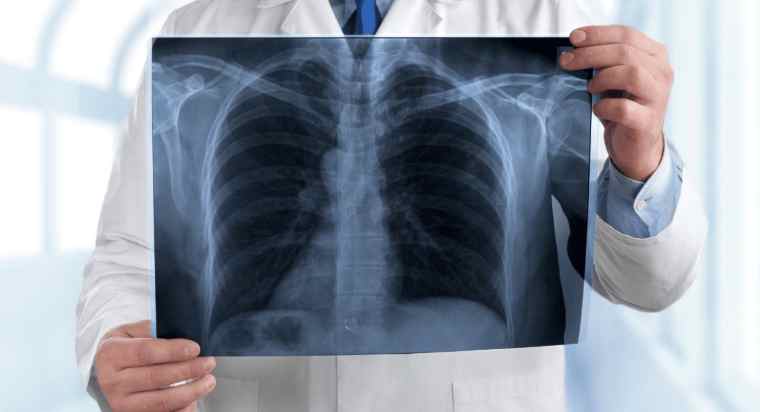It is estimated that every year, roughly 1 million adults in the United States are hospitalized for pneumonia. Walking pneumonia is simply pneumonia that isn’t severe enough to cause hospitalization and bed rest.
Caused by a bacteria called Mycoplasma pneumonia, the symptoms of walking pneumonia are mild and are way easier to treat and manage than pneumonia. Sometimes, patients without walking pneumonia experience very mild symptoms that they do not feel the need to see the lung doctor or stay back from school or work.
What To Note About Walking Pneumonia
Walking pneumonia is contagious and is usually contracted through sneezes and coughs. Although it spreads slowly, not everyone who is exposed to the germs that cause walking pneumonia eventually contacts it. it can be contacted in more public and crowded environments. Thus, it is easier for people in schools, banks, and marketplaces to contact it. It is also more prominent during late summer and fall.
The symptoms of Walking pneumonia range from fever, breathlessness, pain in the chest region during coughs, and vomiting. Diarrhea, chills, and phlegmy cough are also other common symptoms.
Usually, antibiotics are the best way to combat walking pneumonia. However, there are other natural methods that you can try out. Here are a few of them.
1. Drink lots of water
Taking in enough water helps you handle fever, thick mucus, and reduces the risks of dehydration. It is recommended that you take warm water and at least 8 cups of water daily.
2. Take tea
Research shows that taking tea made from ginger, turmeric, coffee, and fenugreek helps people suffering from walking turmeric. For example, fenugreek tea stimulates sweating thus cooling your body. Ginger tea has an anti-inflammatory and pain-relieving effect that can help with chest pain.
Turmeric contains a compound called Curcumin which has antioxidant and antimicrobial features. Coffee can help widen the airways and hot peppermint tea alleviates irritation, expels mucus, and acts as a decongestant and pain killer.
3. Salt water gargle
A simple salt water gargle can be very effective too. After dissolving ¼ to ½ teaspoon of salt into a cup of warm water, gargle the mixture while looking upward with a raised head. Spit it out and repeat it at least thrice a day. This will help to remove mucus and deal with irritation in your throat.
4. Pain relievers
Over-the-counter pain relievers like Ibuprofen can provide great relief from pain during cough and fever. Adults are usually advised to take one or two 200-milligram capsules within 2-6 hours. For children, the doctor’s prescriptions should be followed. To prevent side effects like nausea, take on a full stomach.
5. Take a bowl of hot soup
When it comes to walking pneumonia, a hot bowl of soup is always never bad. Taking a bowl of soup warms you from within, replenishes lost fluids, and also nourishes your body.
6. Rest
Although Walking pneumonia isn’t severe, skipping school or work to create time is a smart decision. Your body needs as much rest as possible to heal and prevent relapse. Sleep as much as you can and stick to a healthy diet that includes fruits and vegetables.
Managing walking pneumonia is a lot easier than dealing with pneumonia. and although it will be very helpful to apply all of the above steps, they should not replace the expertise of medical personnel in severe instances. Contact the nearest health center or reach out to us here if you require the services of a professional lung doctor. We are more than ready to help!



 Translate
Translate

